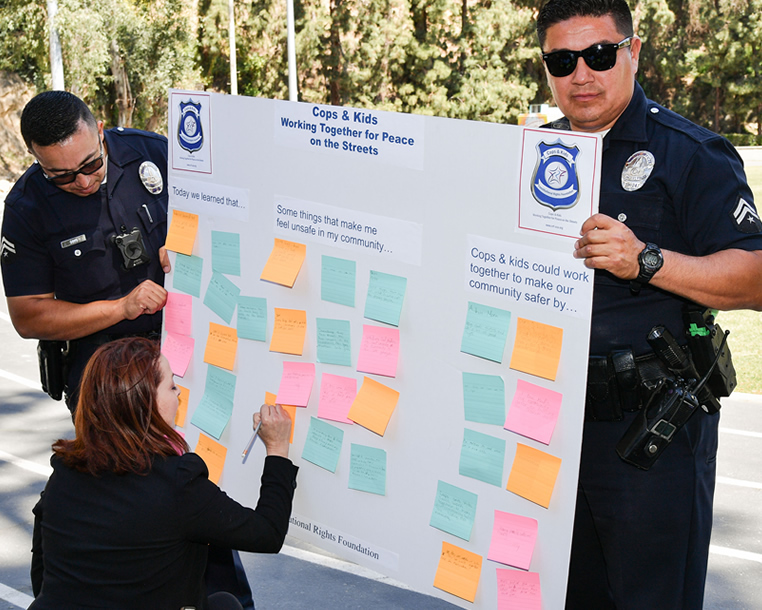
Cops & Kids: Working Together for Peace on the Streets is designed to:
-
Build positive relations between young people and law enforcement officers;
-
Help students gain a better understanding of the scope and limits of police authority and police procedures; and
-
To engage students in proactively improving public safety in their schools and communities by doing a civic action project.
To implement Cops & Kids effectively, it will be important to work with your local law enforcement agency. Please do not hesitate to This email address is being protected from spambots. You need JavaScript enabled to view it. We are glad to help you get started.
Components
In response to the Los Angeles civil unrest following the Rodney King verdicts, Constitutional Rights Foundation (CRF) and the Los Angeles Police Department (LAPD) piloted a simulation activity called Police Patrol with thousands of middle school youth throughout the city.
Through pre- and post-surveys of youth, officers, and parents, Police Patrol demonstrated great potential to increase positive police-community relations and to educate youth about the scope and limits of police authority. Officer surveys showed an increase in positive attitudes about young people, the importance of positive role models in these youth’s lives, and the power of opening lines of communication between youth and police in protecting the safety of communities.
CRF, with funding from the Morrison & Foerster Foundation, has partnered with LAPD to launch Cops & Kids: Working Together for Peace on the Streets, a new program with three components:
Police Patrol
This simulation activity launches the program for middle school youth and officers. Students take the roles of citizens making typical police calls and of officers responding to the calls. Sworn officers help the junior officers gain a very basic understanding of police procedures.
Classroom Lessons
Teachers are provided with a set of simple lessons that prepare students to choose an issue related to public safety and take “civic actions” to try to address that issue.
Public Safety Civic Action Project
Students work in small groups to improve public safety in their schools and communities.
Program Implementation
CRF implements Cops & Kids using two models:
School-Based
Schools work with local police departments to arrange for officers to come to classrooms to do the Police Patrol simulation. One or two officers per classroom are required. Teachers or volunteers can facilitate Police Patrol with minimal training. Officers can gather together before going to classrooms for a brief meeting to overview the activity. After Police Patrol, teachers use the classroom lessons and then engage students in the Public-Safety Project (a civic action project). Officers should be invited to hear about students’ ideas and offer advice along the way.
Conference
To launch a district- or city-wide Cops & Kids program, gather students from different schools and host a Cops & Kids conference. Break-out groups of 15-20 students, one facilitator, and one or two officers do Police Patrol and the discussion activity. Conferences can start with a general assembly with police and public officials welcoming students. In Los Angeles, the conference is held at the LAPD Academy for up to 400 students with volunteers who have been trained to facilitate and 20-30 officers. After the conference, students return to schools and participate in the classroom lessons the Public-Safety Project.
Parents
Consider including a session for parents to participate in Police Patrol in either model. Not only do parents enjoy the interaction, they learn about police procedures and make positive relationships with local law enforcement. Officers benefit by learning more about specific concerns in the community.
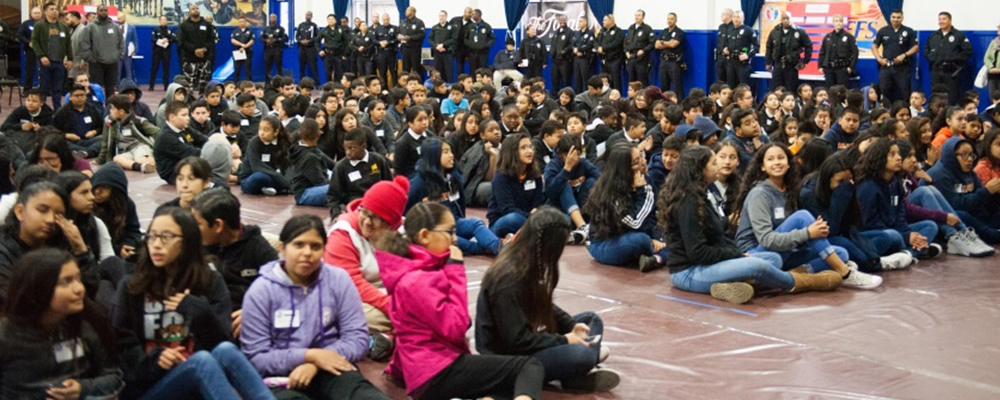
Tips for Success
1 It is key to involve law enforcement in this program, especially for Police Patrol. If your local agency has a community relations division, you might contact them first.
2 Police Patrol is a simple, but very powerful activity. It is important that adults who facilitate are able to work effectively with middle school youth, are able to time out activities to accomplish all tasks in the allotted timeframe, and will ensure that the officers maintain the role of coach/mentor and are not responsible for any classroom management/discipline issues during this activity.
3 Launch the program with Police Patrol and not a lecture from police officers or one of the use of force lessons. Police Patrol is designed to open up lines of positive, productive communication between officers and youth.
4 Don’t forget about the public safety civic action project. Providing an opportunity for young people to be proactive and to gain the knowledge, skills, and dispositions of informed and engaged citizens is good for them… and good for democracy! This component of Cops & Kids is designed using research and best practices in civic learning.[/block]
Core Program Lessons
Please contact This email address is being protected from spambots. You need JavaScript enabled to view it. for access to core program components and a consultation for hosting Cops & Kids at your school or in your classroom.
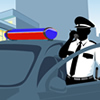 Police Patrol
Police Patrol
This simulation activity launches the Cops & Kids program, opening lines of communication and understanding between officers and students. Students take the roles of citizens needing the police, and of officers responding to the calls. Sworn officers serve as coaches for the junior officers, helping them use appropriate procedures and addressing the challenges they encounter.
 Crime-Free Schools (Day One)
Crime-Free Schools (Day One)
This first lesson of a two-day sequence introduces students to issues of crime and safety. Students work in small groups as the “Mayor’s Task Force” whose mission is to decide how best to spend $150,000 to improve school safety.
Crime-Free Schools (Day Two)
This is the second day of a two-part lesson sequence. Each student group presents to the class its plan for using $150,000.
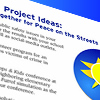 Public Safety Project: Improving Public Safety and Police-Community Relations
Public Safety Project: Improving Public Safety and Police-Community Relations
Students engage in a civic action project to improve public safety in their school or community.
Extension Lessons
 To Protect and Serve: Past, Present, and Future (I)
To Protect and Serve: Past, Present, and Future (I)
In this first lesson of a two-lesson sequence, students examine the role and function of the police in a western settlement of the mid-1800s, and explore the developmental stages of law-enforcement.
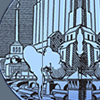 To Protect and Serve: Past, Present, and Future (II)
To Protect and Serve: Past, Present, and Future (II)
This is the second of a two-part lesson in which students learn how the mid-1800s settlement grew first to Big City and then to Modern City and faced such challenges to law enforcement as adequacy of resources and effective community relations.
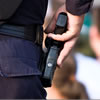 Police and the Use of Force
Police and the Use of Force
In this lesson, students learn about the laws pertaining to levels of force that police may use in making an arrest or confronting suspects in the field.
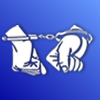 Arrest and Search
Arrest and Search
In this lesson, students learn about the law of arrest and search and seizure.
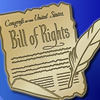 The Miranda Rule
The Miranda Rule
Students learn about the history and case law relating to the Miranda warnings in this lesson.
 Police Commission
Police Commission
In this lesson, students analyze and evaluate police procedures by taking the role of police commissioners.
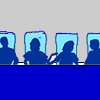
Policing the Police
In this lesson, students learn about internal methods used to investigate and correct police misconduct.
Role Play Activities
Role-playing is a central feature of the Cops & Kids Police Patrol activity, which allows students to experience some of the daily challenges of being a police officer and also share a realistic portrayal of attitudes towards law enforcement in their community. The following activities are designed to help students learn and practice role-playing prior to completing Police Patrol with real officers.
![]() In this activity, students practice role-playing by assuming the tone, posture, and attitudes of three types of personal status. . .
In this activity, students practice role-playing by assuming the tone, posture, and attitudes of three types of personal status. . .
Name That Storyline - Arrest and Search
![]() A discussion and team challenge activity to help students understand the right to privacy (4th Amendment). . .
A discussion and team challenge activity to help students understand the right to privacy (4th Amendment). . .

